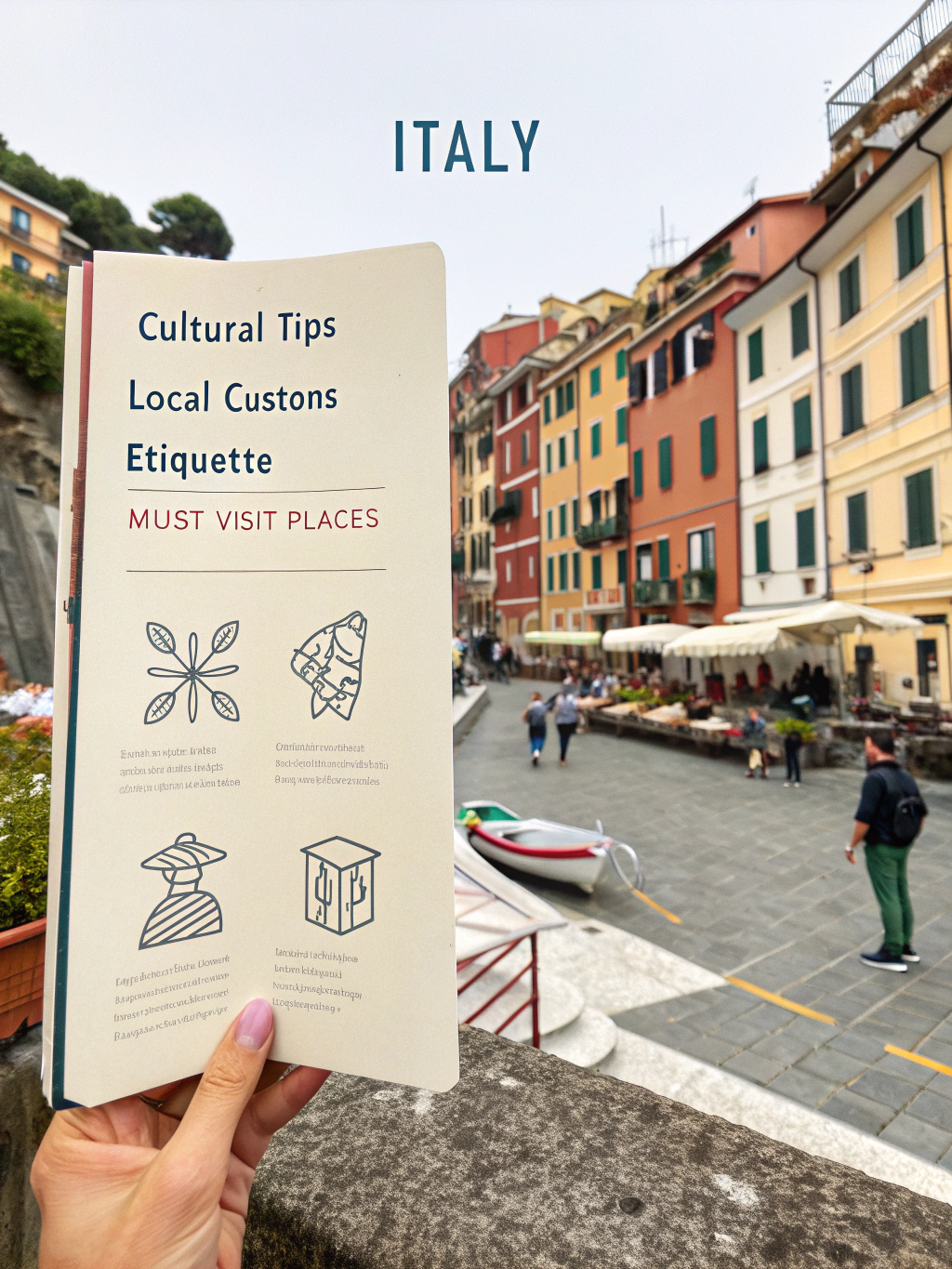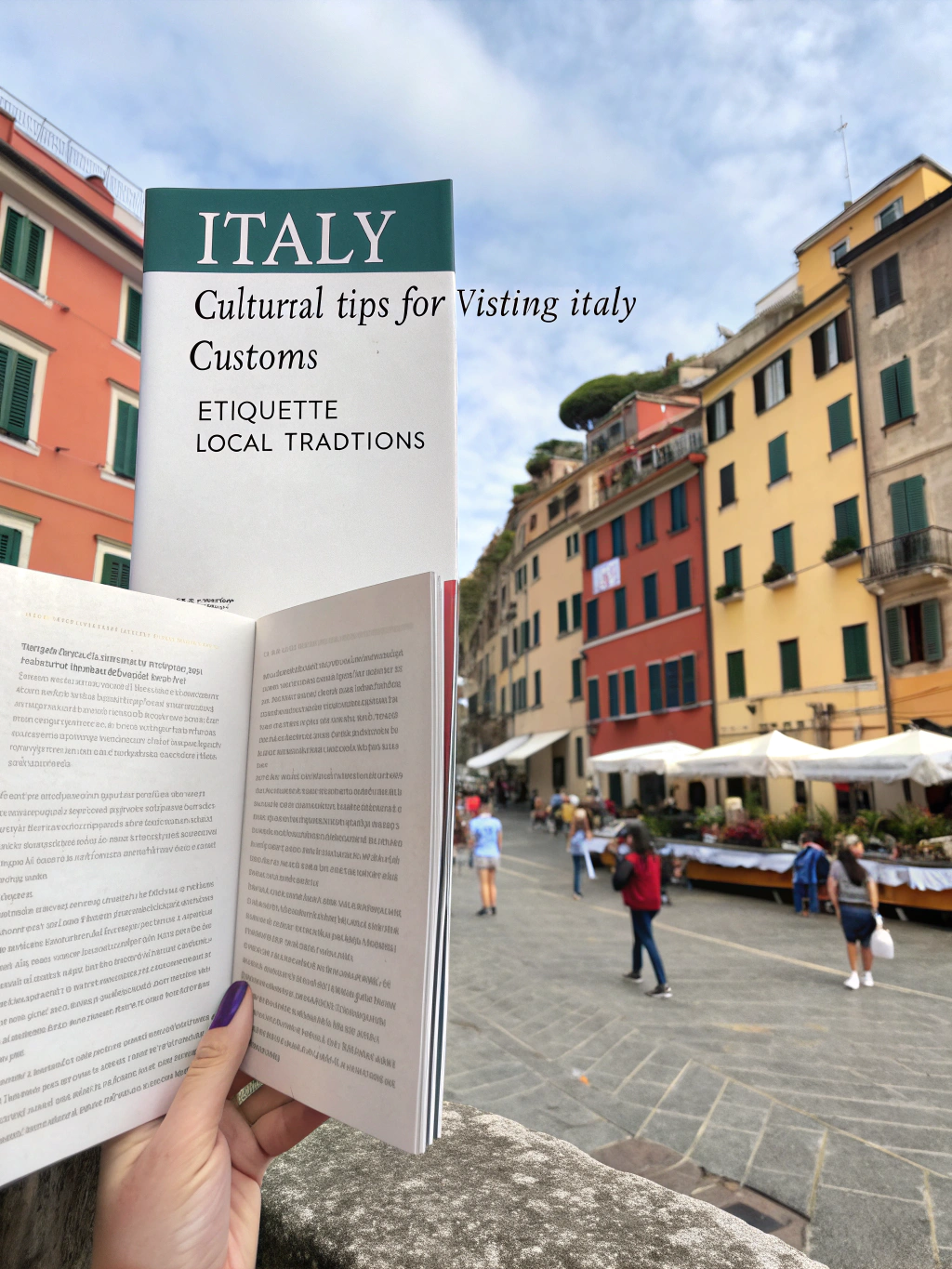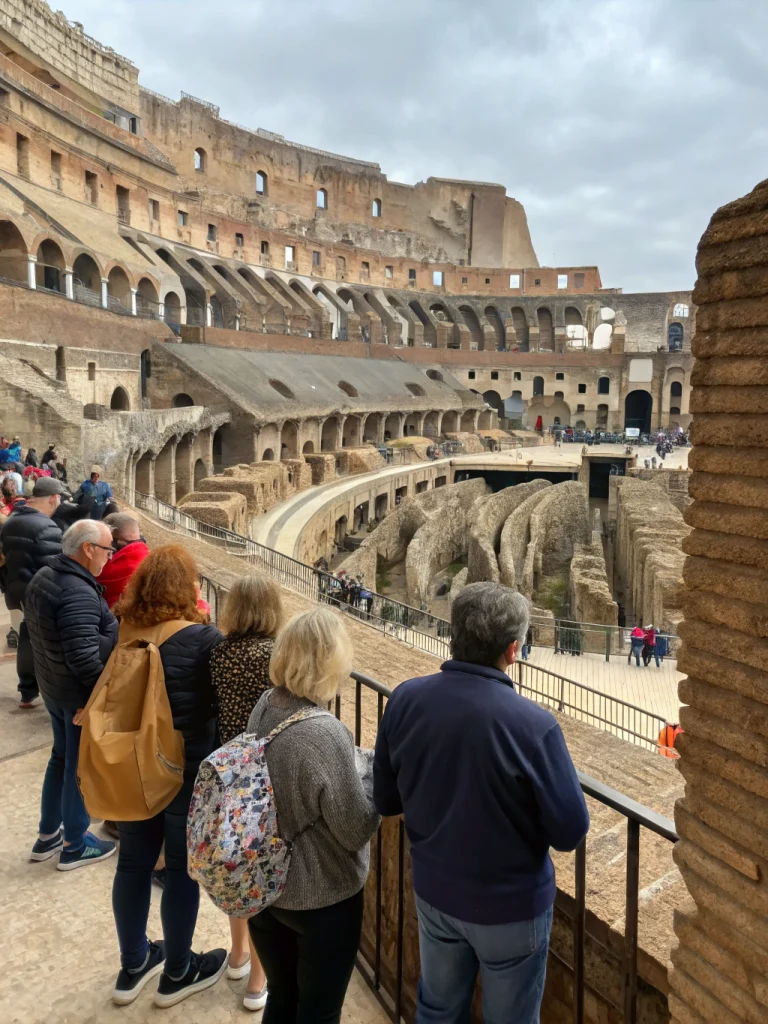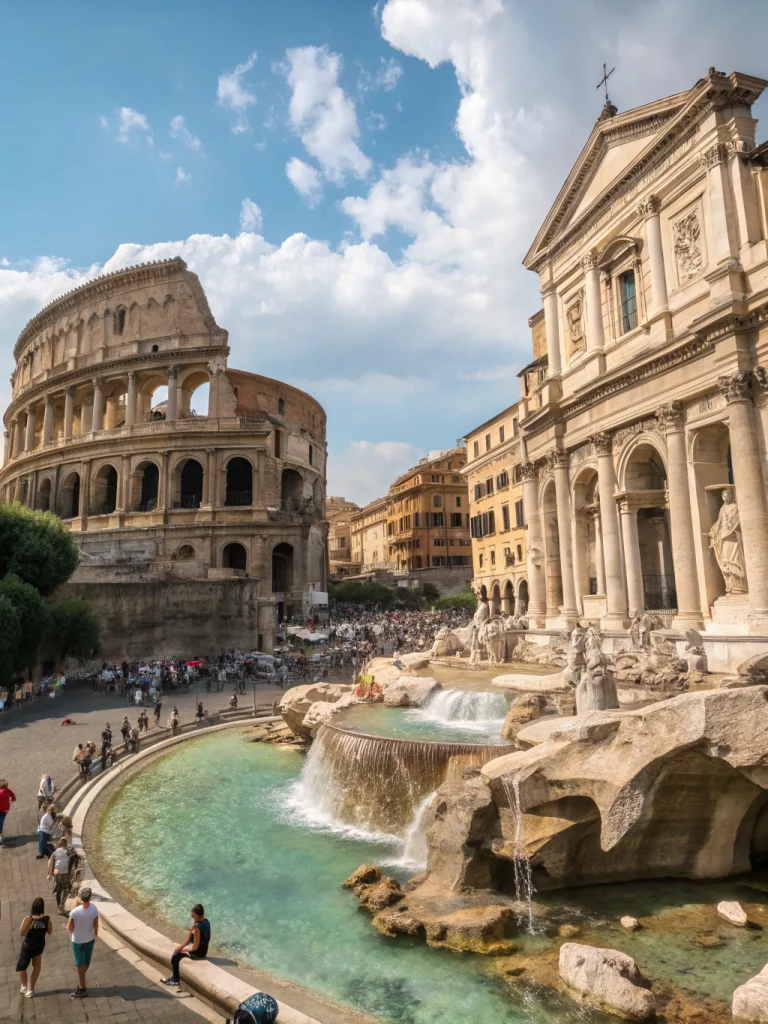Cultural tips for Italy: 7 Important Secrets for Travelers
Introduction
Did you know that 95% of tourists in Italy unknowingly commit cultural faux pas during their first visit? From ordering cappuccino after noon (a major Italian taboo) to wearing shorts in churches, these seemingly minor missteps can significantly impact your travel experience. Want to blend in while traveling? Explore these cultural tips for Italy and unlock the secrets to an unforgettable Italian experience. Discover, learn, try! Italy’s rich cultural tapestry dates back thousands of years, and understanding its nuances will transform you from an obvious tourist to a respected visitor. Whether you’re planning your first Italian adventure or returning to explore more deeply, these seven essential secrets will help you navigate Italian customs with confidence and authenticity.
Essential Gear and Packing List

Packing appropriately for Italy means balancing style with practicality. Italians take great pride in their appearance, and dressing well is considered a sign of respect. Essential items include:
Modest clothing for churches: Pack scarves to cover shoulders and knees when visiting religious sites. The feeling of cool silk against your skin while admiring Michelangelo’s masterpieces is unmatched.
Smart-casual attire: Italians rarely wear shorts in cities. Bring lightweight slacks or dresses for comfortable yet stylish city exploration.
Quality walking shoes: Invest in stylish yet comfortable footwear for cobblestone streets. Italian leather loafers offer both comfort and cultural alignment.
Minimal jewelry: Opt for subtle accessories to avoid drawing attention from pickpockets, especially in tourist hotspots.
Italian phrasebook or app: Even basic Italian phrases demonstrate respect for local culture and often result in warmer welcomes.
Budgeting and Timing
Italy’s tourism costs vary dramatically by region and season. A 7-day trip to Italy costs approximately 20% more during summer months (June-August) compared to spring or fall. The optimal visiting times are May or September when temperatures are pleasant, and crowds are thinner. Budget travelers should consider:
- Northern Italy: Averages €120-150 per day including accommodations
- Central Italy (Rome, Florence): Expect €150-180 daily
- Southern Italy: More affordable at €100-120 per day
For authentic experiences at lower costs, consider visiting during “shoulder seasons” (April-May or September-October) when prices drop by up to 30% while weather remains favorable. Additionally, restaurants in tourist centers charge about 40% more than those just a few streets away from major attractions.
Day-by-Day Itinerary
Day 1: Arrival and First Impressions
Your first day is crucial for setting the right cultural tone. Begin with the Italian greeting ritual: a light kiss on both cheeks when meeting locals who’ve become acquaintances (not strangers). Practice saying “Buongiorno” (good morning) until 2 pm, then switch to “Buonasera” (good evening) afterward—a subtle distinction that Italians notice and appreciate.
Day 2: Dining Like a Local
Master the art of Italian dining. Breakfast is typically light—espresso and perhaps a cornetto (Italian croissant). Never order cappuccino after 11 am unless you want to immediately identify yourself as a tourist. Learn to eat pasta properly: twirl it against the side of the plate rather than cutting it, and never expect butter with your bread—Italians typically eat bread plain or dipped in olive oil.
Day 3: Navigating Social Customs
Today, practice the essential Italian custom of “la passeggiata”—the evening stroll where locals dress well and socialize before dinner (typically between 6-8 pm). Join this ritual in any town square to observe authentic Italian social life. Remember that Italians value personal connections: make eye contact during conversations and never rush business discussions.
Day 4: Shopping and Negotiating
When shopping at markets, understand that mild negotiation is expected but aggressive bargaining is considered rude. Begin by establishing rapport with vendors through pleasantries before discussing prices. In shops, always greet staff with “Salve” upon entering and “Arrivederci” when leaving—a courtesy that distinguishes respectful visitors.
Local Cuisine & Dining Guide
Italian culinary etiquette is as important as the food itself. Regional specialties vary dramatically across Italy, with cultural tips for Italy, traveling in Italy, Italian customs, blend in Italy, Italy travel guide, Italian culture, unforgettable Italian experience being particularly important around food. Key dining insights include:
- Meal timing: Lunch typically begins at 1 pm, while dinner starts around 8 pm. Arriving earlier marks you as a tourist.
- Ordering water: Specify “acqua naturale” (still) or “acqua frizzante” (sparkling)—tap water is rarely served.
- Tipping practices: Service (coperto) is usually included; an additional tip of 5-10% for exceptional service is appreciated but not expected.
- Coffee culture: Stand at the bar for coffee to pay local prices (often 50% less than sitting at a table).
Must-try dishes include regional specialties: authentic carbonara in Rome (never contains cream), risotto in Milan, and proper pizza in Naples (where locals eat it with a knife and fork).
Sustainable and Responsible Travel Alternatives
Respect for Italy’s cultural heritage includes sustainable practices. Consider:
- Using regional trains instead of rental cars, reducing your carbon footprint by up to 75% while experiencing authentic local transport.
- Participating in agriturismo stays on working farms, which support local agriculture while providing unique accommodations.
- Visiting lesser-known destinations like Ravenna or Matera to reduce overtourism impact on Venice, Florence, and Rome.
- Bringing reusable water bottles to refill at the ubiquitous public fountains (nasoni) that provide fresh drinking water throughout Italian cities.
Accommodation Suggestions
Where you stay significantly impacts cultural immersion. Consider:
- Historic center apartments: Experience daily Italian life, complete with morning market visits and evening neighborhood activities.
- Family-run pensiones: Often 30% cheaper than chain hotels with invaluable local knowledge from hosts.
- Monastery stays: Available in cities like Rome and Florence, offering simple, affordable accommodations in historic settings.
Request rooms facing internal courtyards rather than streets for authentic ambiance without the noise—a valuable tip most guidebooks overlook.
Common Travel Mistakes to Avoid
Prevent cultural misunderstandings by avoiding these common errors:
- Assuming English is widely spoken: While common in tourist areas, speaking a few Italian phrases demonstrates respect.
- Eating on the go: Italians rarely walk while eating—coffee at the bar is quick, but meals are meant to be savored seated.
- Expecting American-style customer service: Service in Italy is professional but not overly friendly; servers won’t check on you repeatedly.
- Touching produce at markets: Always use provided gloves or ask vendors to select items for you.
- Missing riposo (afternoon break): Many businesses close between 1-4 pm, particularly in smaller towns.
Safety and Pre-Trip Checklist
Prepare for a smooth cultural experience by:
- Registering with your embassy through their travel program
- Carrying photocopies of passport and travel documents
- Learning emergency phrases like “Ho bisogno di aiuto” (I need help)
- Understanding that the European emergency number is 112
- Purchasing travel insurance covering Italy’s high-value museums and attractions
Conclusion
Embracing these seven essential cultural tips for Italy will transform your journey from ordinary tourism to genuine cultural immersion. By respecting local customs, adapting your behavior, and approaching Italy with curiosity and flexibility, you’ll discover a warmer welcome and deeper connection to this timeless destination. Remember that Italians value the art of living well—slow down, savor experiences, and prioritize quality interactions over quantity of attractions visited.
FAQs
Do Italians really care if tourists try to speak Italian?
Absolutely. Even basic attempts at Italian phrases are highly appreciated and often result in more authentic interactions and better service.
Is it true I shouldn’t order cheese on seafood pasta?
Yes—this is considered a culinary sin in Italy. Cheese is generally not paired with seafood dishes in authentic Italian cuisine.
How strictly are dress codes enforced at churches?
Very strictly, particularly at major sites like St. Peter’s Basilica. Guards will deny entry if shoulders or knees are exposed, regardless of weather or waiting time.
What’s the proper way to eat pizza in Italy?
In casual settings, folded by hand is acceptable. In restaurants, Italians typically eat pizza with knife and fork, starting from the point of the slice.
When is the appropriate time to drink coffee in Italy?
Espresso is acceptable anytime, but milky coffees like cappuccino are strictly morning drinks, never consumed after meals or in the afternoon.






